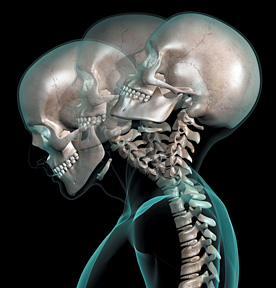Download Story .PDF
Summary: A recent workers’ compensation ruling by the Montana Supreme Court has been attracting national attention. While decisions from other states’ courts do not directly control workers’ comp law in Alabama, they can be influential in our own courts’ decisions.
The case caught press attention largely for the unusual story, but the decision touches on important issues in workers’ compensation law nationwide, including the definition of “employee” and the question of whether an employee’s own negligence or poor behavior has any bearing on whether he should be compensated after a workplace injury.
Brock H. was feeding caged grizzly bears at a private drive-through nature park in 2007 when he was mauled by a large male bear named Red. He had been smoking marijuana when the attack occurred. The giant grizzly knocked him to the ground, sat on him and bit him on his buttocks and legs. A second bear bit the first, and Brock was able to escape, and he was treated for cuts and puncture wounds.
The exchange of money for tasks constitutes employment, not charity
When Brock applied for workers’ comp, he encountered a number of barriers to his claim. First, the nature park, Great Bear Adventures near West Glacier, Montana, was not insured through Montana’s workers’ compensation program. Therefore, his claim went to the Uninsured Employer’s Fund of the Montana Department of Labor and Industry, which denied it.
Second, the owner of the park, Russ K., asserted that Brock was not actually an employee. Russ felt bad for Brock, who was facing jail after smoking marijuana while on probation, so he agreed to allow Brock to voluntarily perform odd jobs at the bear park and gave him money out of the goodness of his heart, not as wages.
“There is a term of art used to describe the regular exchange of money for favors – it is called employment,” wrote Montana Workers’ Compensation Court Judge Jeremiah Shea in shooting down Russ’s argument.


